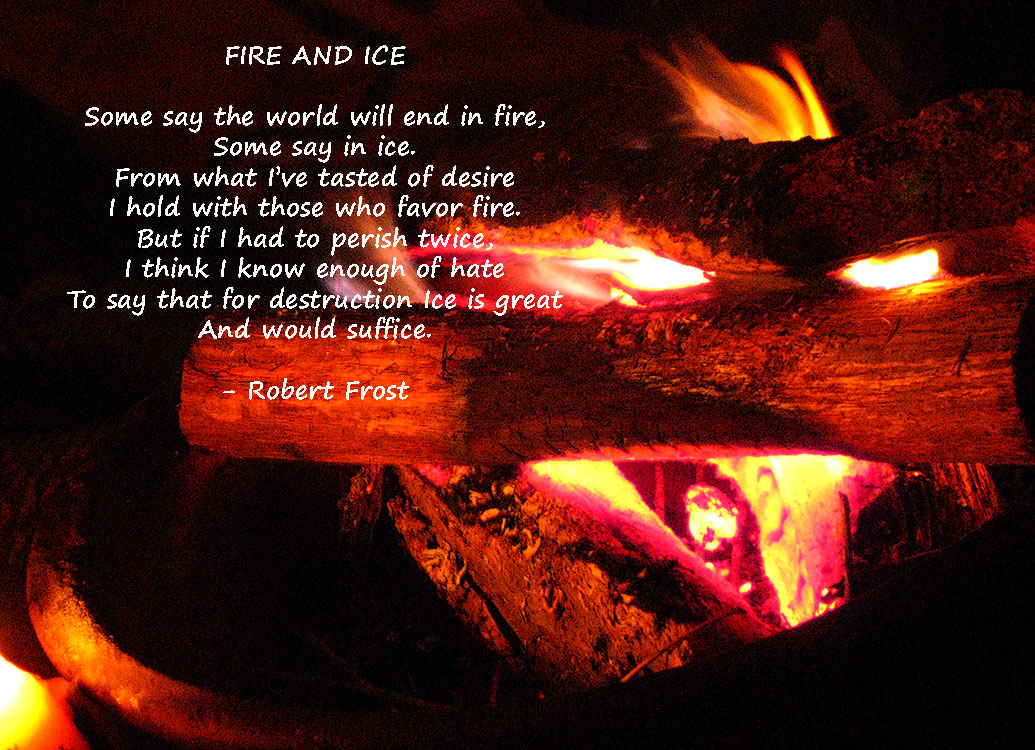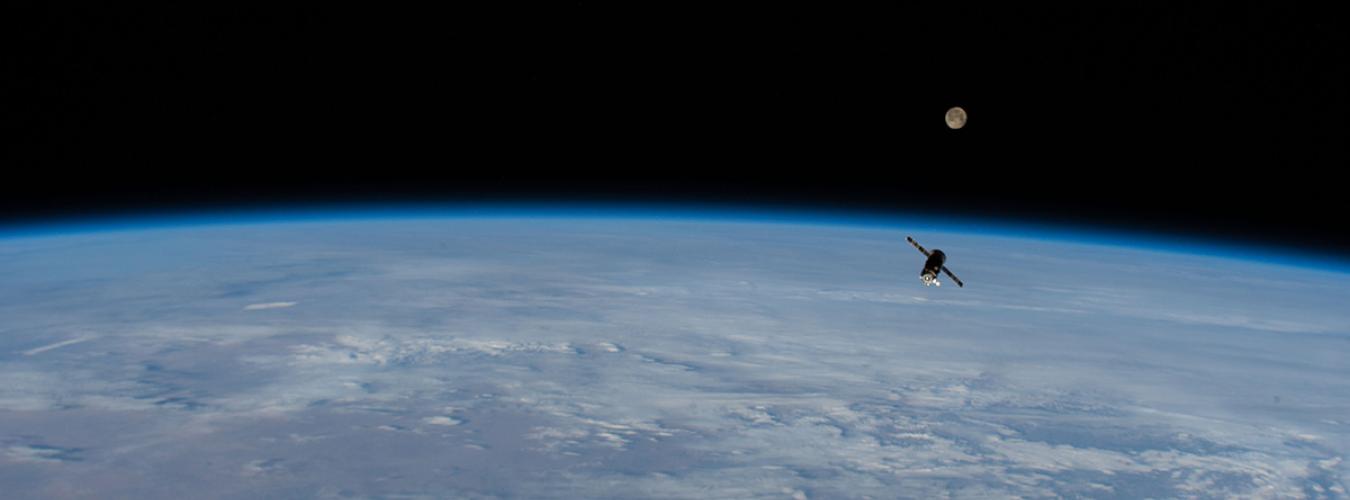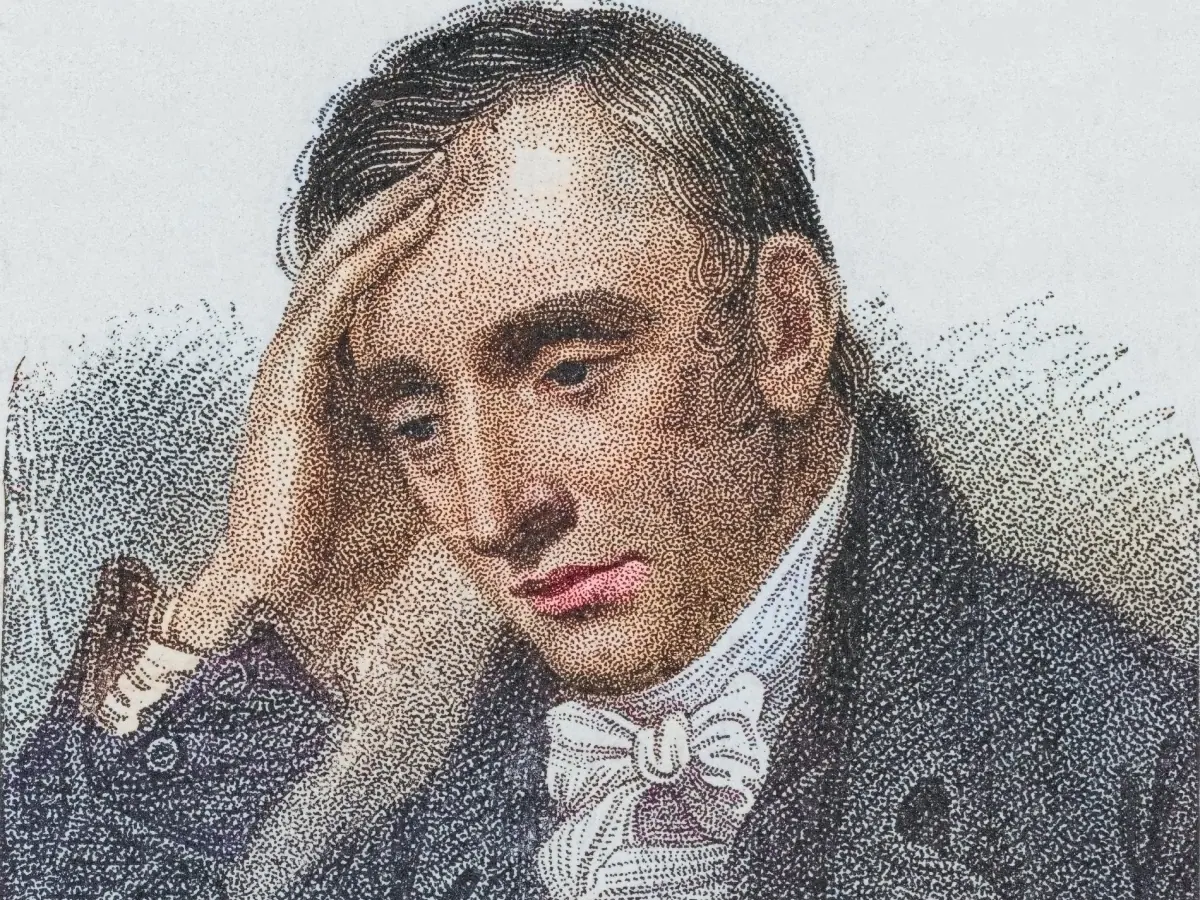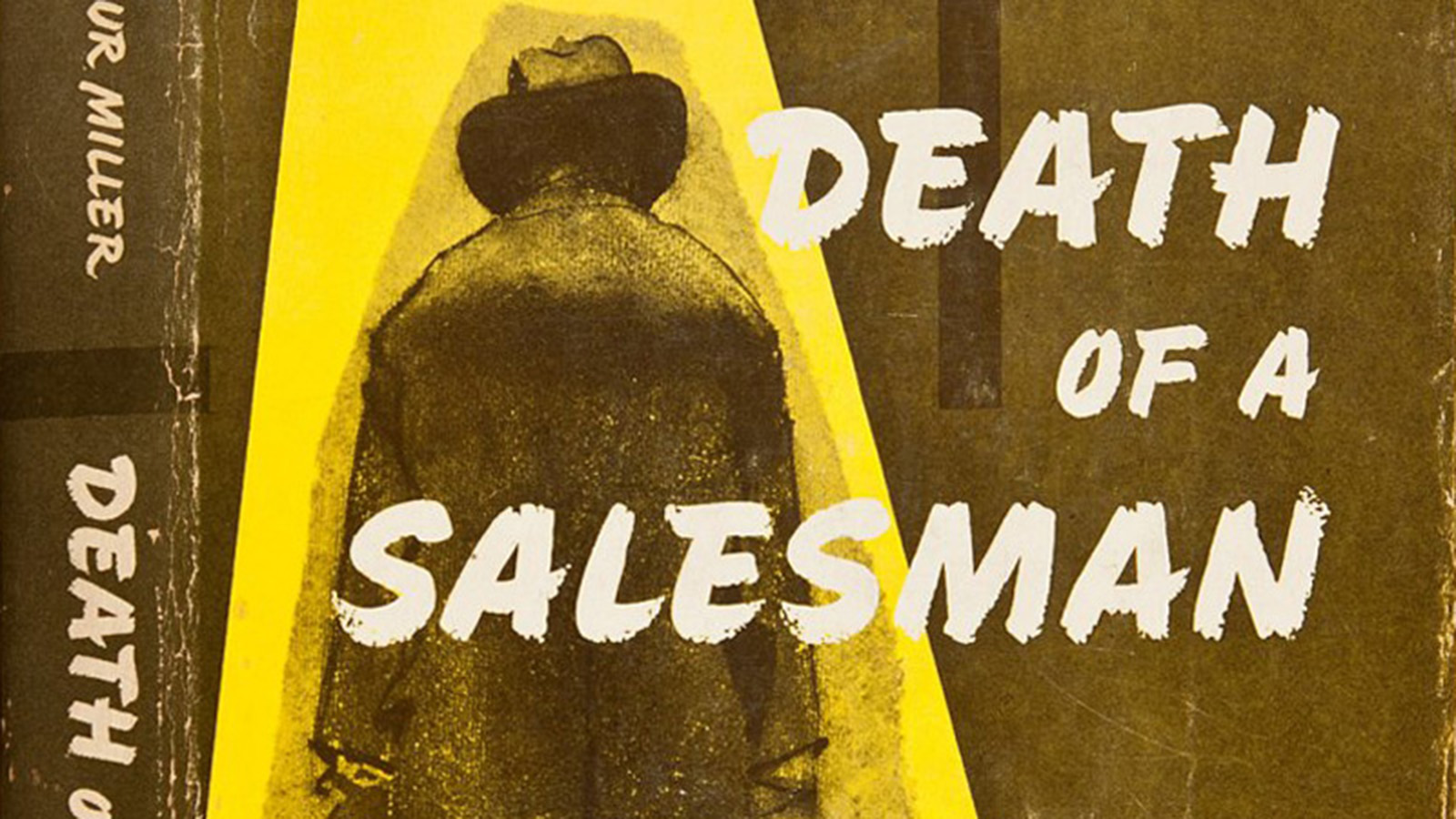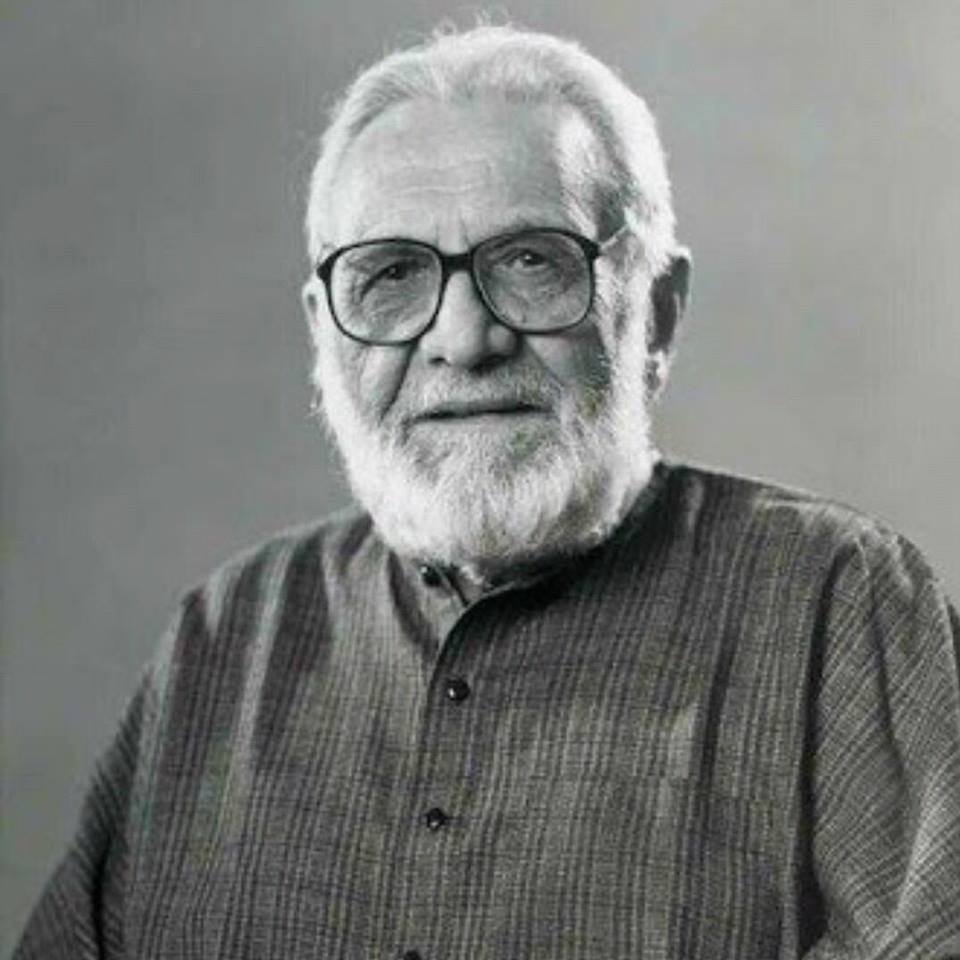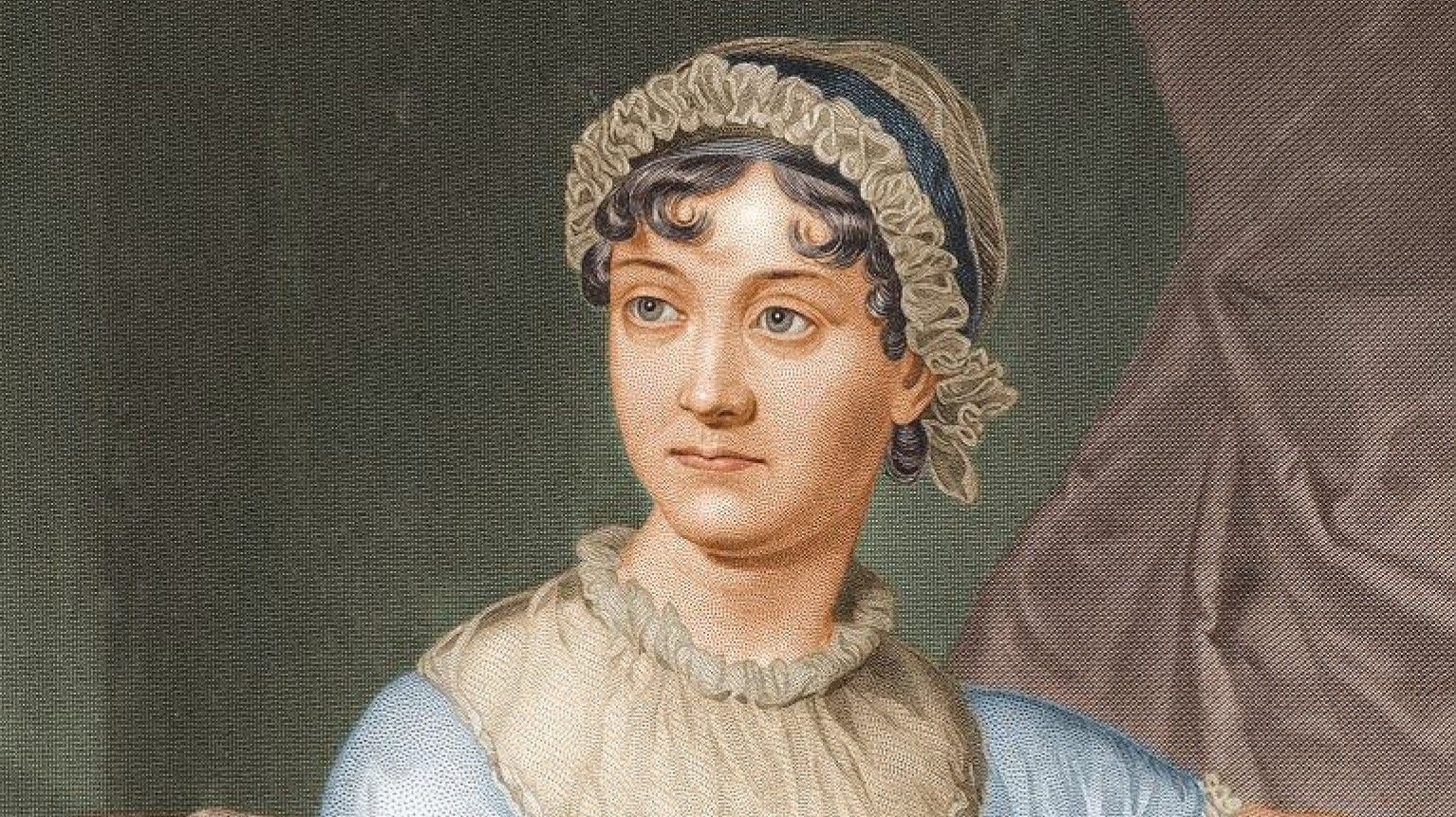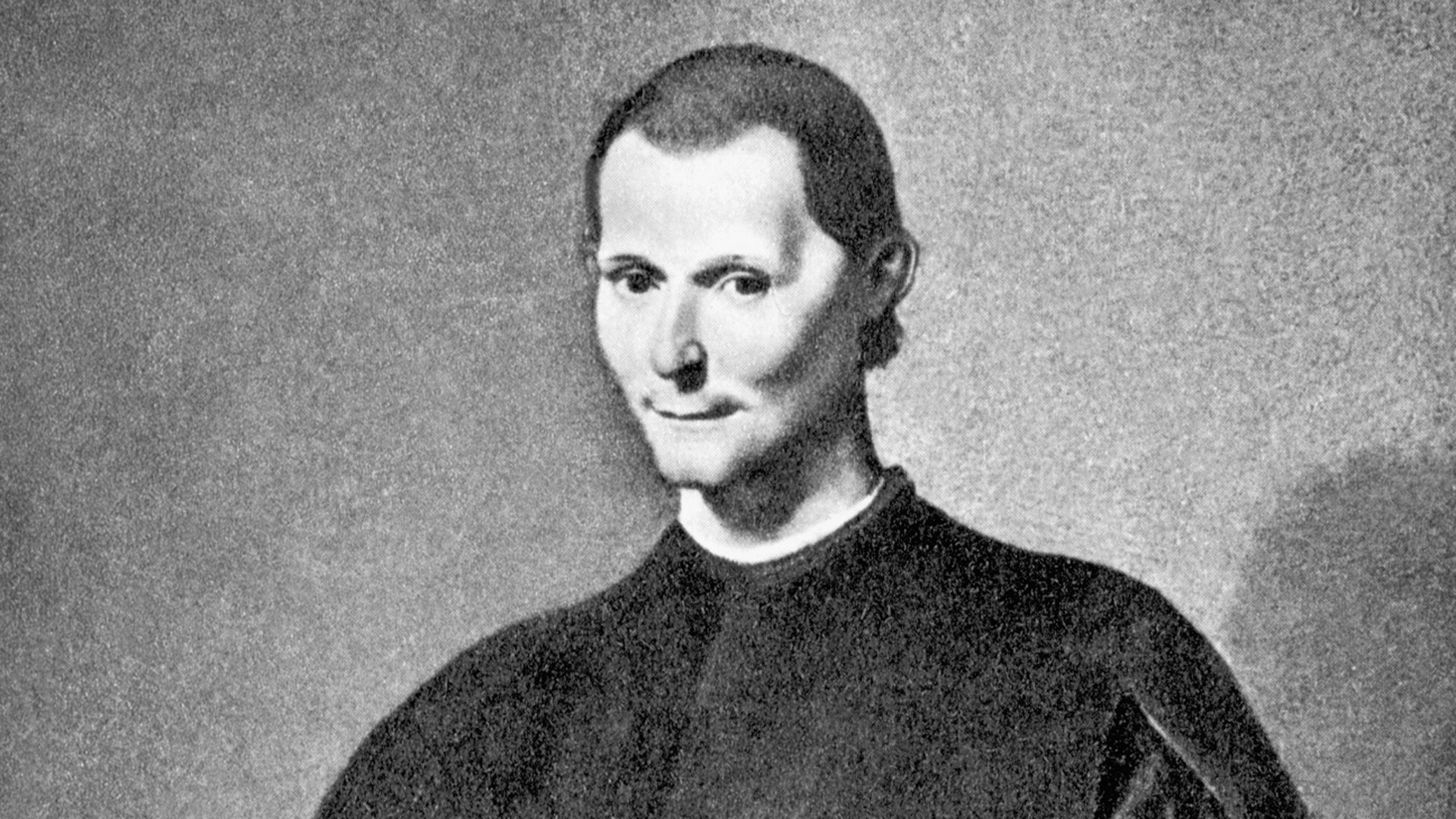Nazia Sadiq
‘Fire and Ice’ is a captivating and widely recognized poem by Robert Frost that delves into the concept of the world’s potential demise. The poem vividly contrasts fire, symbolizing desire, with ice, symbolizing hate, and proposes that the world could meet its end either by burning in flames or freezing to death. This stark dichotomy between two powerful elements is a source of intrigue and contemplation for readers. Initially published in December 1920 in Harper’s Magazine and later included in Frost’s Pulitzer Prize-winning book ‘New Hampshire in 1923, it stands as one of Frost’s most beloved and frequently anthologized works.
As per Frost’s biographer, ‘Fire and Ice’ was inspired by a passage in Canto 32 of Dante’s Inferno, which vividly describes the ninth and lowest circle of Hell where the most severe offenders (the traitors) are frozen in a lake so bound with ice that it appears to be glass. In a later anecdote, astronomer Harlow Shapley claimed to have sparked Frost’s poem. Shapley recounted an interaction with Frost where he was asked how the world would end, and he responded that it could occur either by the sun exploding and incinerating the Earth or the Earth freezing in deep space. Frost surprised Shapley by publishing ‘Fire and Ice’ a year later, and Shapley referred to it as an instance of how science can influence the creation of art.
The poem is composed of a single nine-line stanza that narrows down significantly in the last two lines. The meter of the poem is an irregular mix of iambic tetrameter and dimeter, and the rhyme scheme (ABA ABC BCB) departs from Dante’s terza rima. John N. Serio, in a 1999 article, claims that the poem is a compression of Dante’s Inferno. He draws a parallel between the nine lines of the poem and the nine rings of Hell and notes that the rhyme scheme is similar to the one Dante invented for Inferno. Serio further asserts that Frost’s diction highlights the parallels between Frost’s discussion of desire and hate and Dante’s outlook on sins of passion and reason.
Frost’s use of language and structure in ‘Fire and Ice’ is highly effective in conveying the theme of the end of the world. The poem’s popularity is a testament to its enduring appeal, as it continues to captivate readers with its thought-provoking message. For instance, the poem has been widely discussed and analyzed in academic circles, with scholars offering various interpretations of its themes and structure. It has also been frequently referenced and quoted in popular culture, demonstrating its influence beyond the realm of academia. Frost’s ability to draw inspiration from Dante’s Inferno and combine it with his own unique style and voice is a testament to his artistry. Overall, ‘Fire and Ice’ is a masterpiece of modern poetry that continues to inspire and captivate readers to this day.
Please, subscribe to the YouTube channel of republicpolicy.com



































